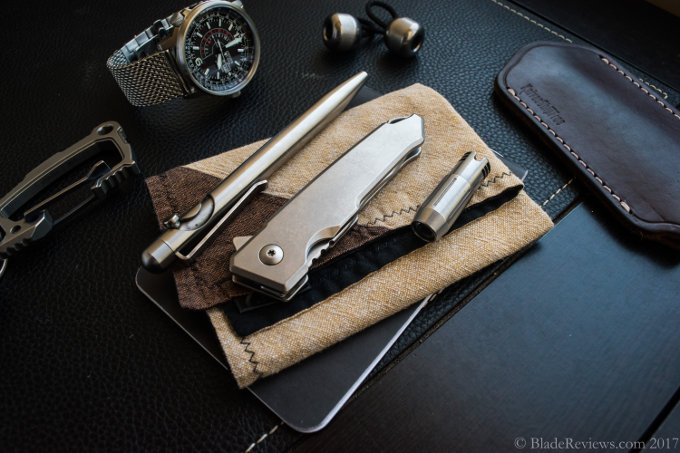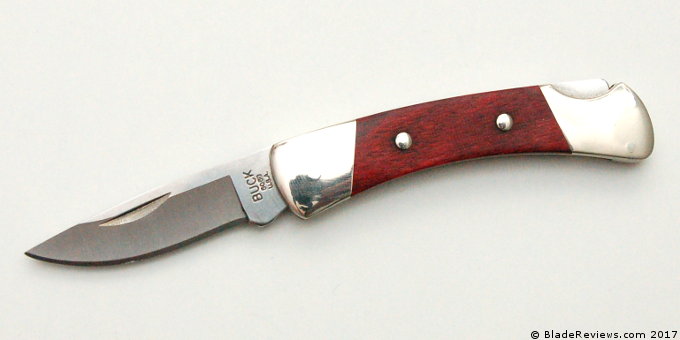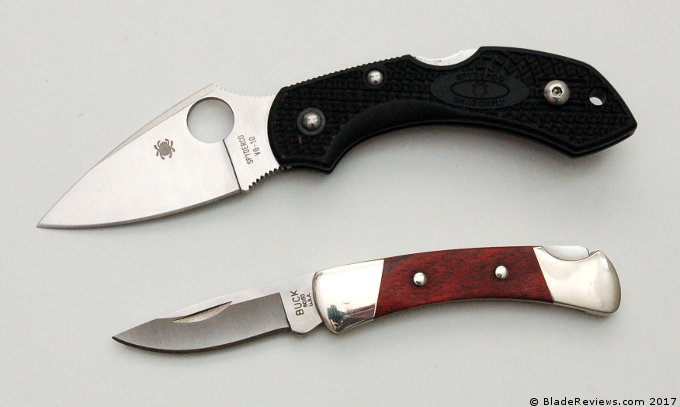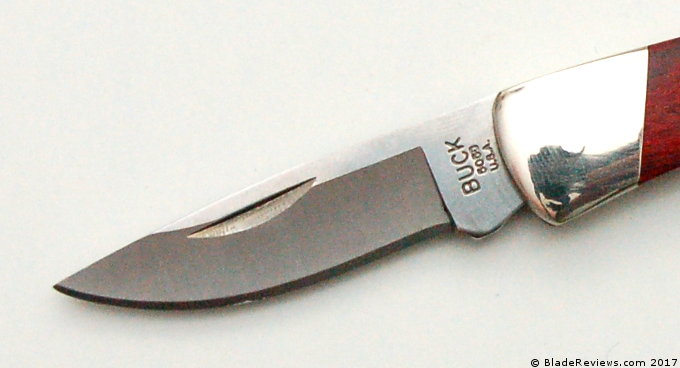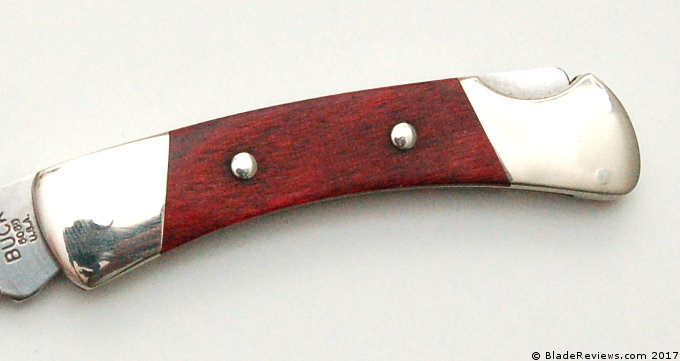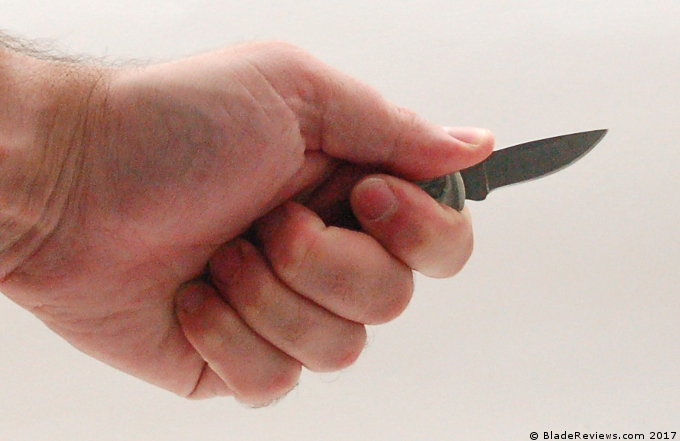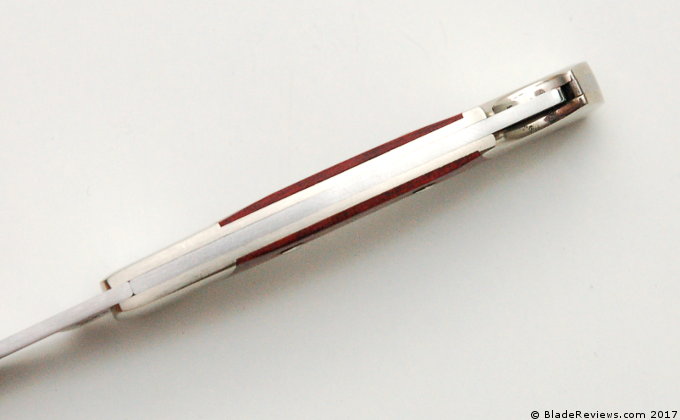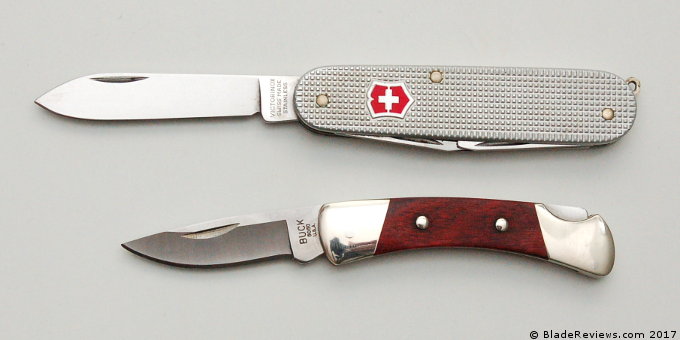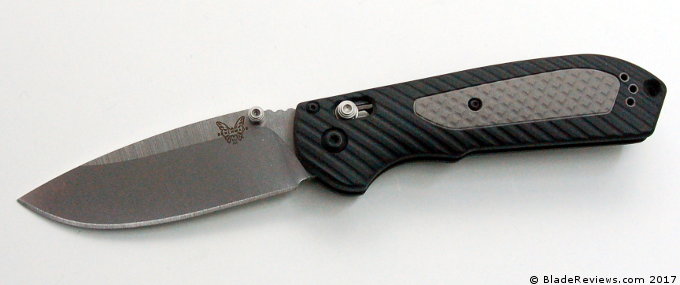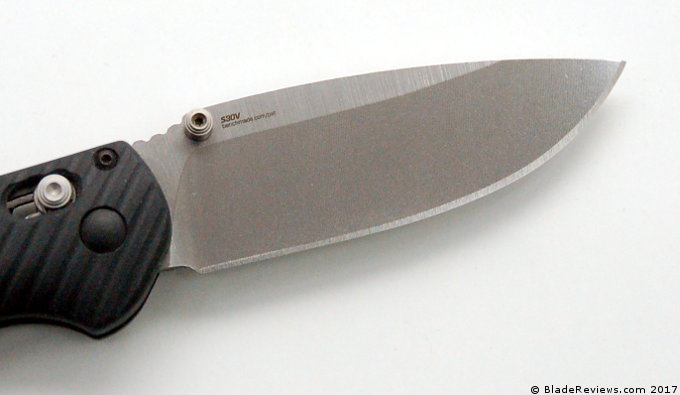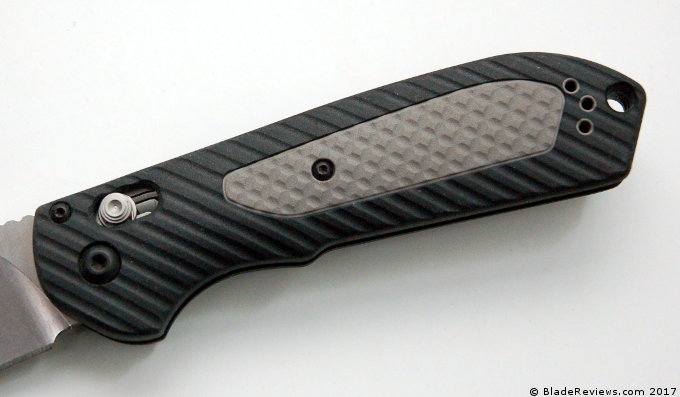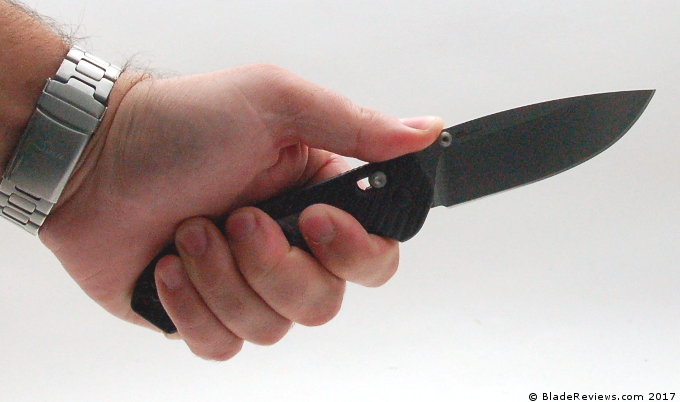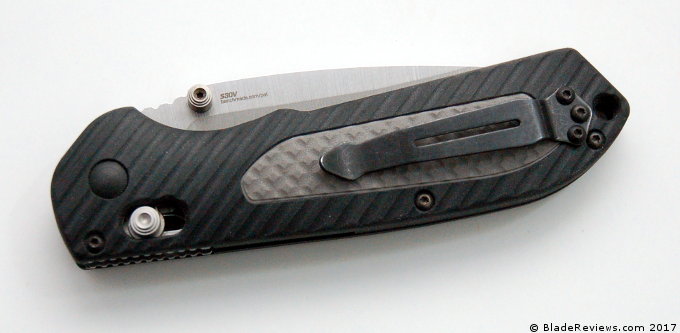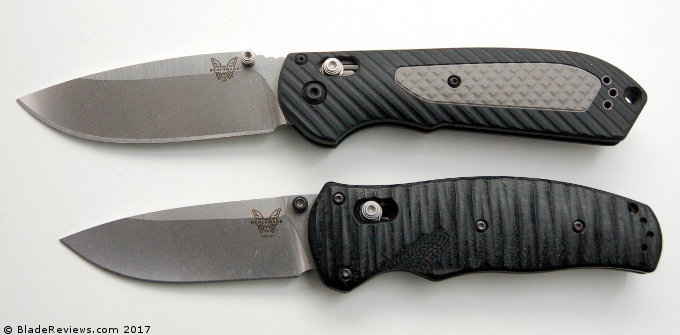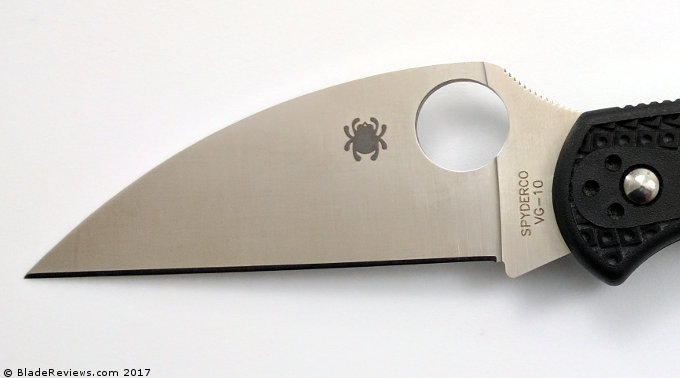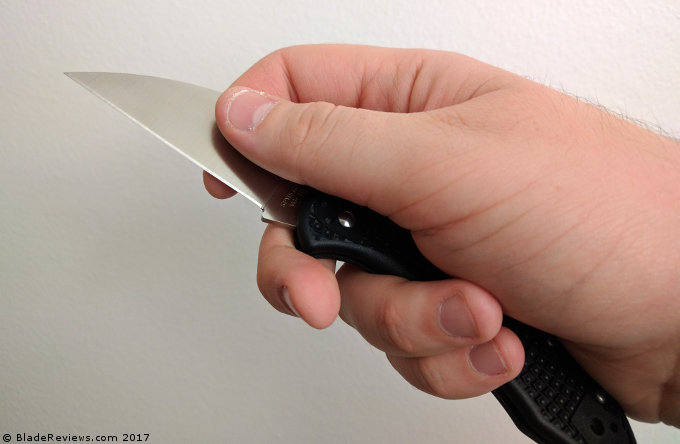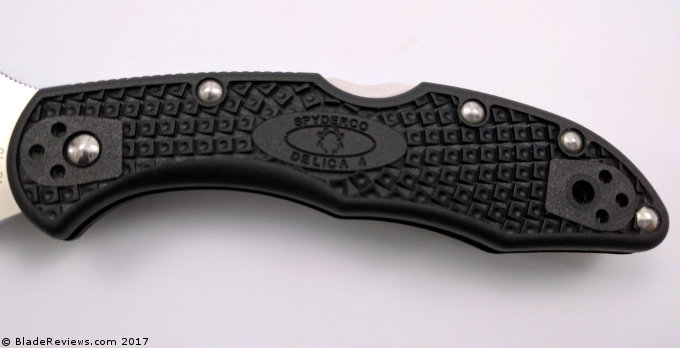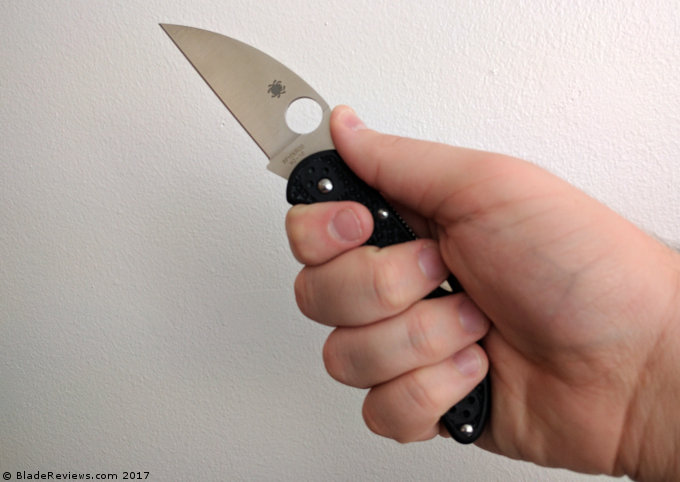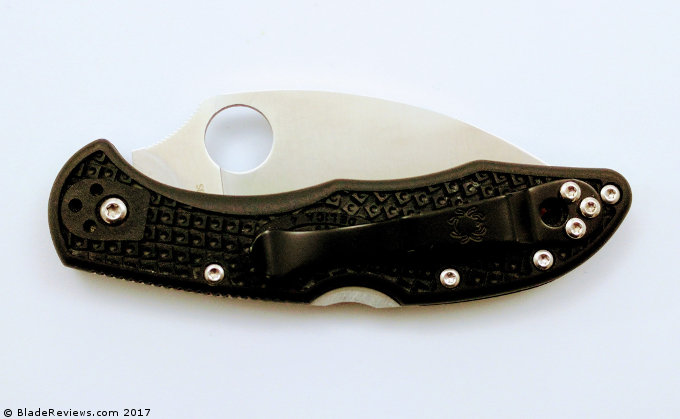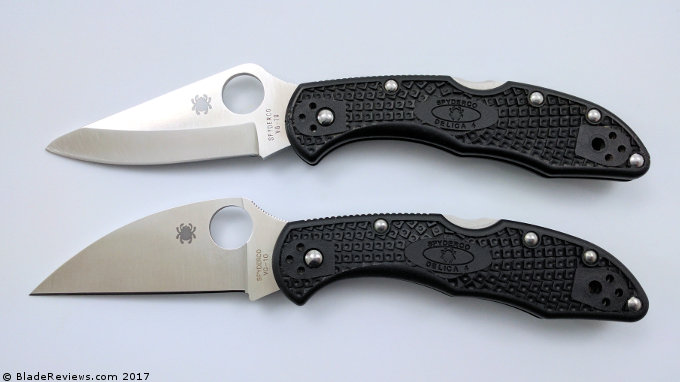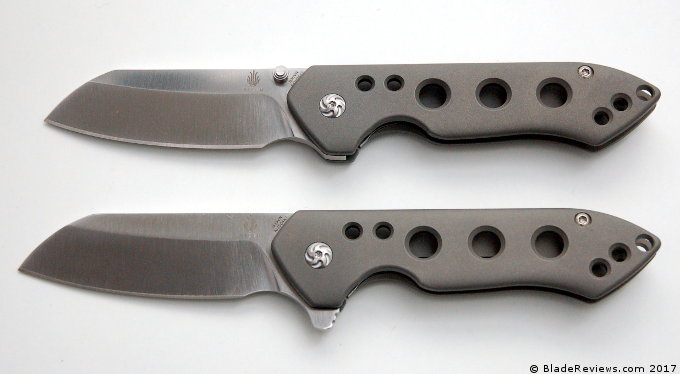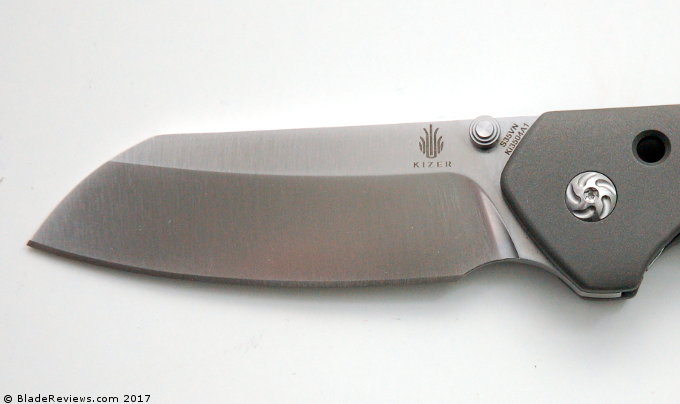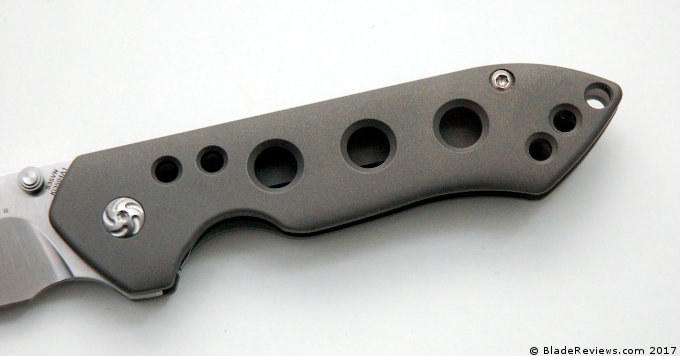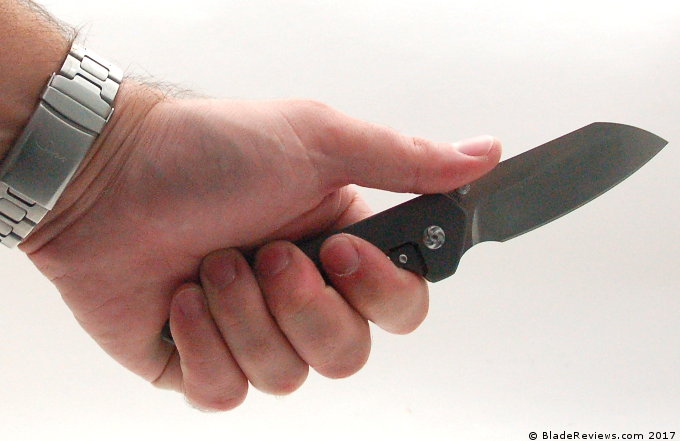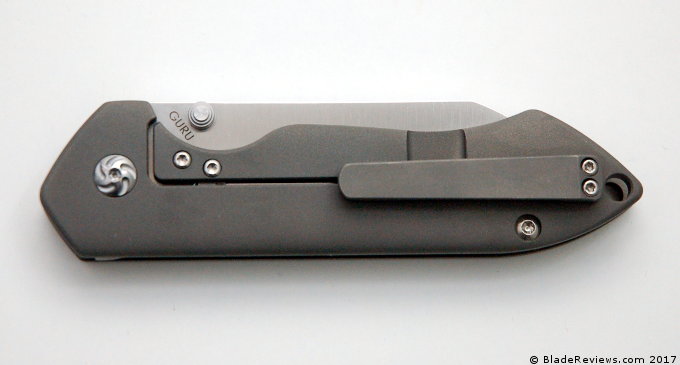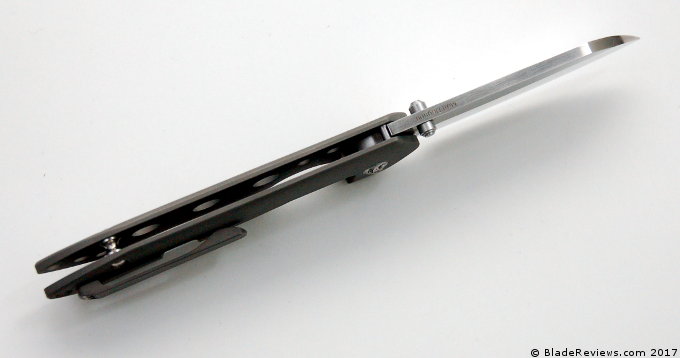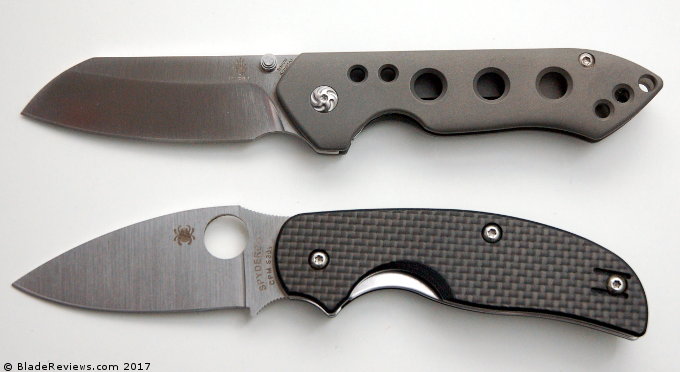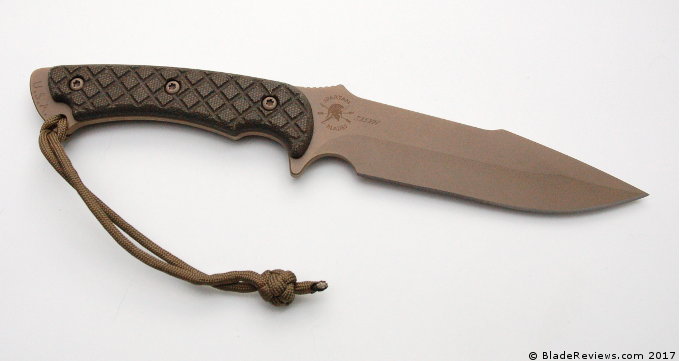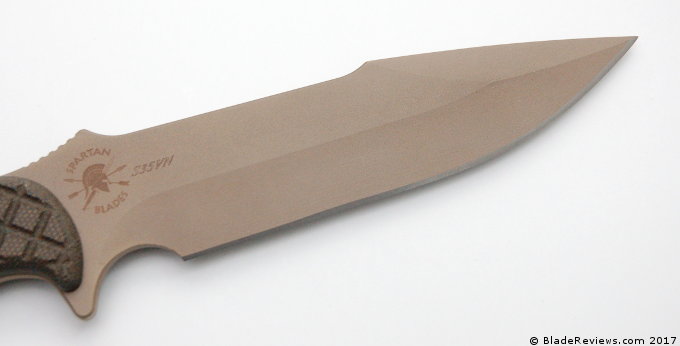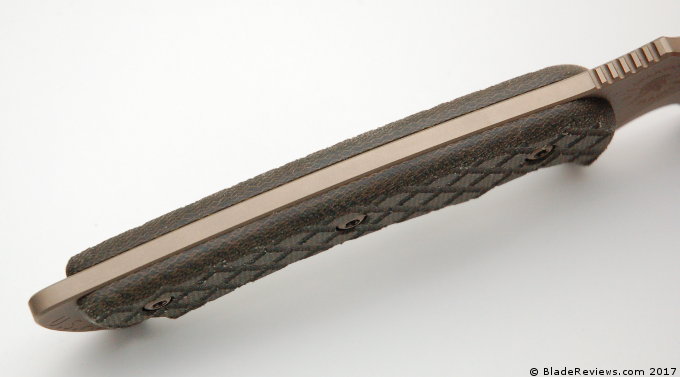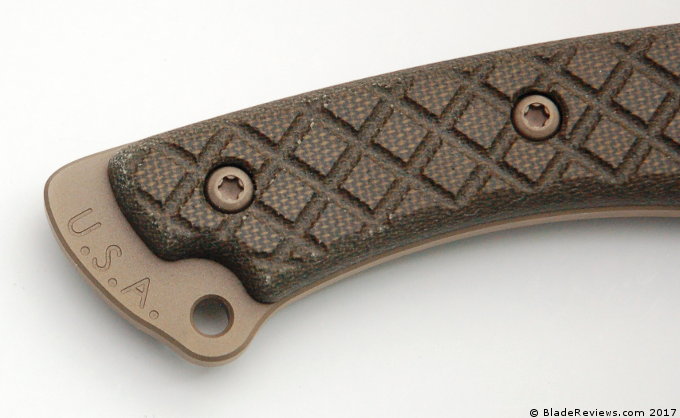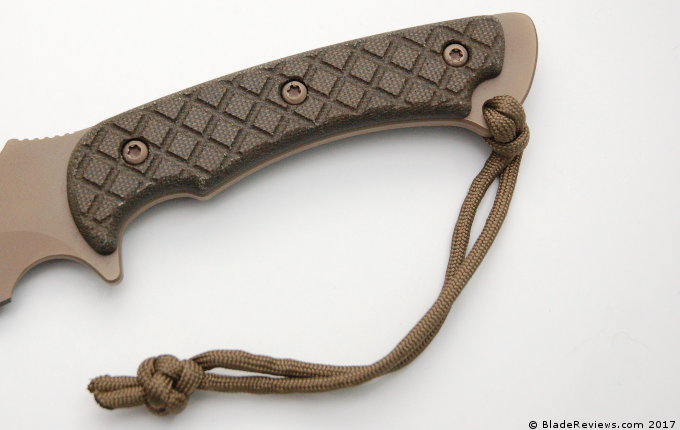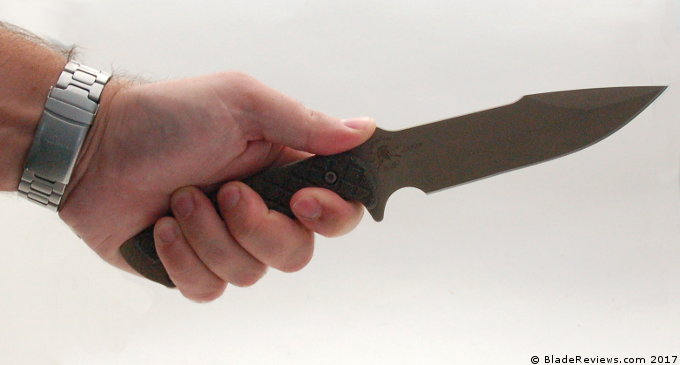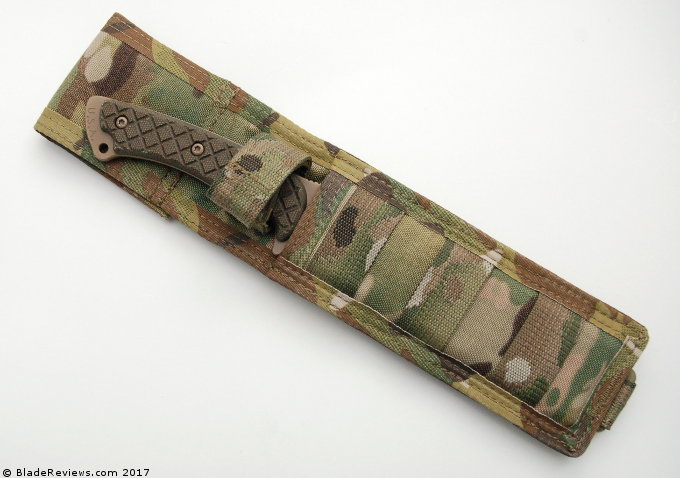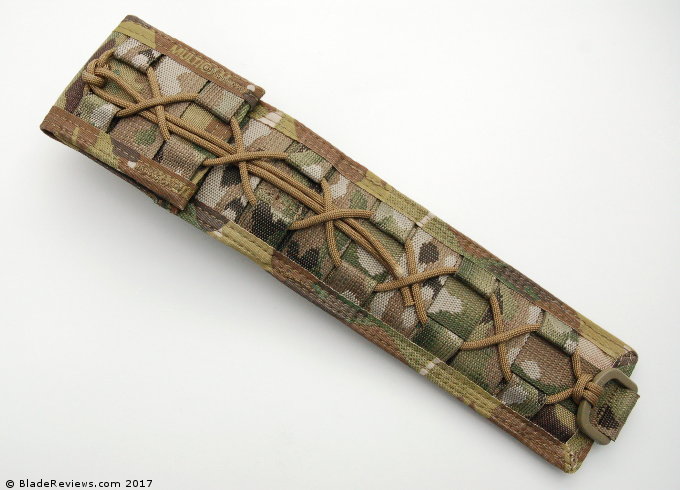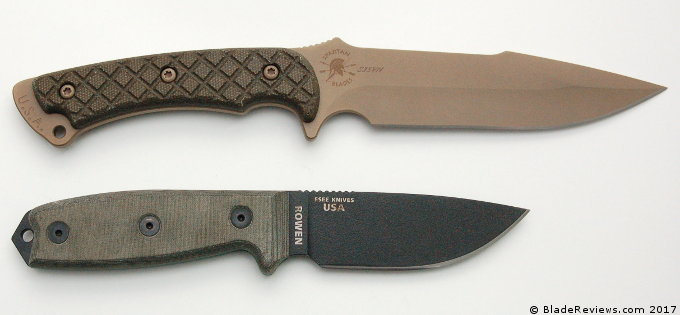Last Updated: September 7, 2019
Few companies have the pedigree that Spartan Blades does. I rarely hear them pop up in conversation among gear geeks, but that hasn’t stopped them from accumulating a small hoard of Blade Show awards. Between the aforementioned awards and the extensive Special Forces resumes of the two founders, I’m surprised they don’t get more chatter. Maybe they do, just not among folks I know.
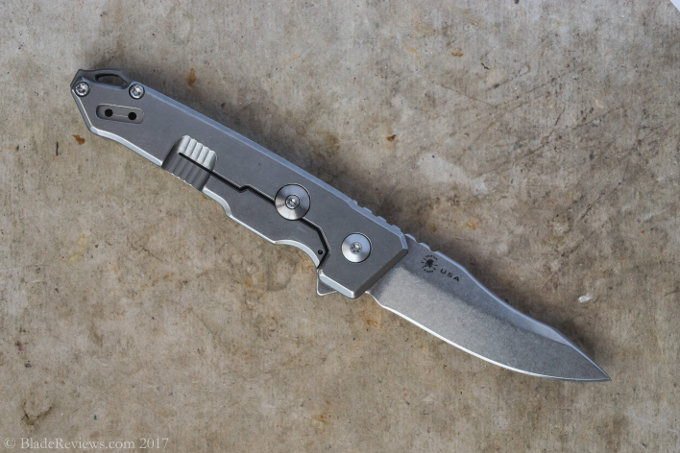
Buy the Spartan Blades Metis at BladeHQ
No products found.
As Dan covered in his review of the Horkos, Spartan’s reputation is firmly grounded in its fixed blades and (though I hate the overuse of the term) “tactical” folders. This reputation was so entrenched that when I was offered a Metis in trade, I had to triple check the dimensions. There was no way Spartan made a sub-3” blade…right? Curiosity piqued, I went ahead with the trade. How would an everyday carry knife designed by former Special Forces handle mundane tasks? The short answer: better than I expected, given recent trends among overbuilt folders.
General Dimensions and Blade Details
The Spartan Blades Metis is close to my ideal size for a pocket folder. It features a 2.7” blade housed in a 4” handle, and the entire package (sans clip) weighs in at 2.79 ounces. Those numbers look pretty good, especially when you consider the all metal construction. A knife this size is well suited to a range of everyday tasks, from opening packages to light food preparation. It’s also legal to carry in a wide range of jurisdictions, as it falls under the common 3” blade limit.
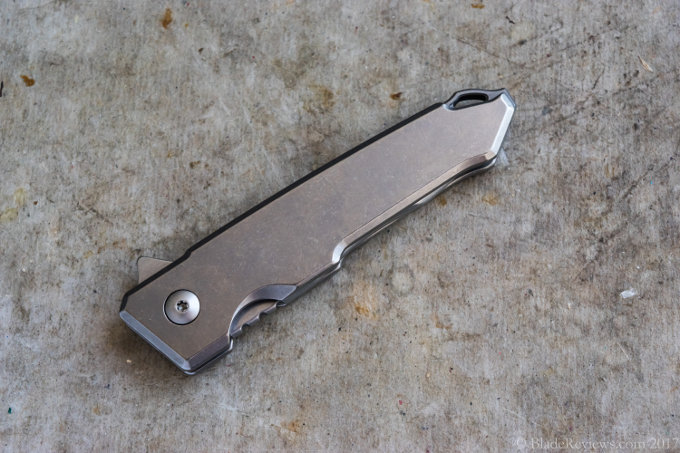
If there is one aspect of the Metis that grabs my attention, it’s the blade shape. Most folks would probably call it a drop point, but the dip along the spine gives it something akin to a harpoon’s profile. Whatever the nomenclature, it’s fantastic. There’s enough belly for slicing cuts, but not so much that the edge slides out of the cutting medium during push cuts. The harpoon-ish profile – in addition to reinforcing the tip of the blade – leaves a dip in the rounded spine that’s a perfect resting place for a thumb.
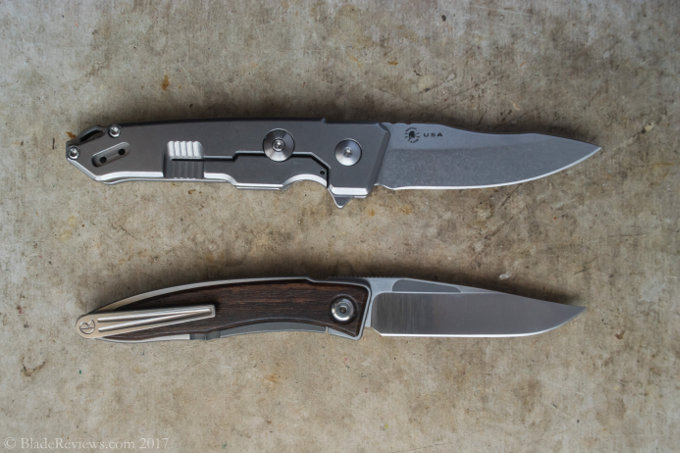
For enthusiasts, Crucible’s S35VN is no longer news. In fact it pretty much serves as a benchmark against which we compare other steels. It has a proven track record as a “do-everything” steel: it chips less and is easier to sharpen than its predecessor S30V, with comparable or better edge retention and rust resistance. I didn’t strenuously test the steel in this case, but I was mostly using it as a gentleman’s folder, and it hasn’t needed any maintenance in the few months that I’ve had it.
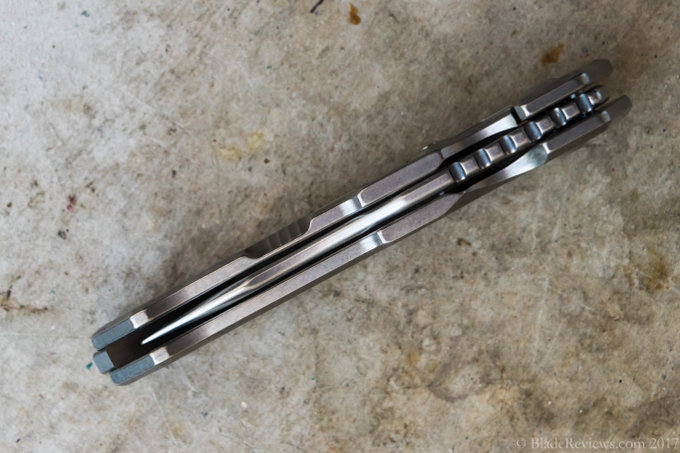
When I did use the Metis, it outperformed my expectations. No, it didn’t pass the apple test, but it did well enough that my insensate pinky never started twitching nervously. It behaved similarly while breaking down cardboard boxes: not the best, but good enough to flex into the role. The old saying “jack of all trades, master of none” is appropriate here.
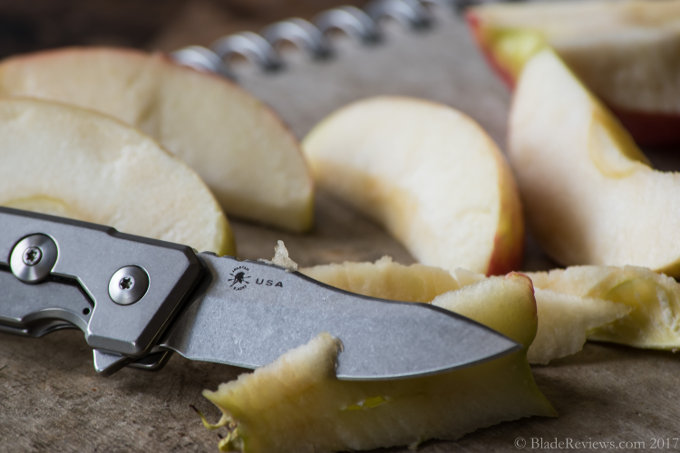
Handle, Ergonomics, and Carry
There’s not much that can be said about the handle of the Metis. Like so many of its competitors, it’s another slab-handled, titanium-on-titanium knife. So what makes the Metis stand out in a crowd? That’s difficult to answer. The show side of the Metis is beautifully simple; between the milled backspacer and the singular visible screw, it seems almost hewn from titanium. The lock side couldn’t be more different. Every screw that was hidden on the show side is plainly visible, and the milling for the lock bar in conjunction with the overtravel stop give it an aesthetic not far off from a circuit board. With that in mind, it’s arguable that Janus is as fitting a namesake as Metis.
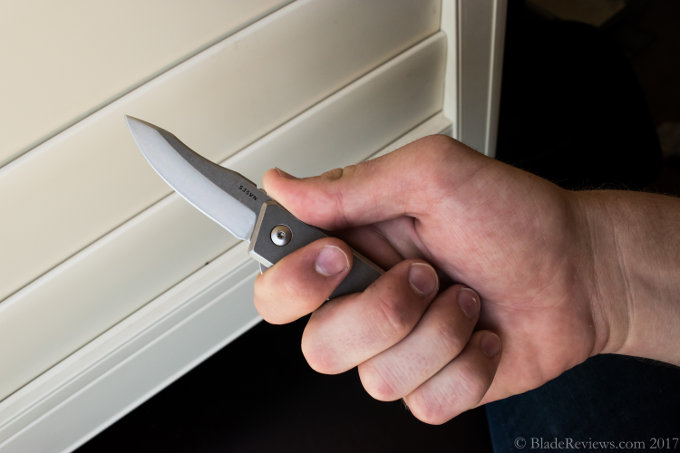
Ergonomically, the Metis ranges from unoffensive to pleasant, depending on the task. It never stood out as being great, but neither did it stand out as being horrible – which surprised me given the odd placement of hard angles. If the knife is resting in your fingers, chances are you’re not gripping it so tightly that the angles will have an impact on the ergonomics. By contrast, if you’re gripping it so tightly that the angles would matter, you’re probably holding it farther back in your palm where the angles won’t cause any hot spots. At least, that was my experience. The generous chamfering and subtle curve of the handle are certainly factors here.
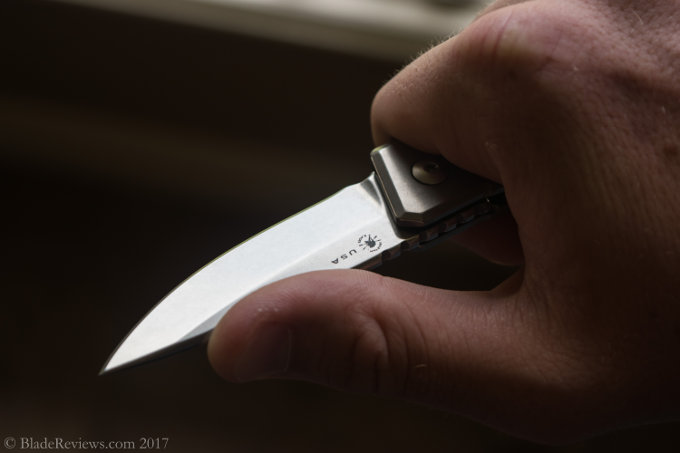
The best I can say about the pocket clip on the Metis is that I understand some of the design impulses behind it. It’s attractive and fits the overall aesthetic. The screws for the pocket clip are hidden (meaning they screw in from the interior), which is a nice touch, though it makes removal inconvenient. In slacks, dress pants, or particularly thin jeans, this pocket clip works fine. Beyond that, the news isn’t as nice. The clip doesn’t have much spring to it, so to compensate it doesn’t make contact with the handle scale. Ultimately, this restricts the number of ways to comfortably carry the Metis.
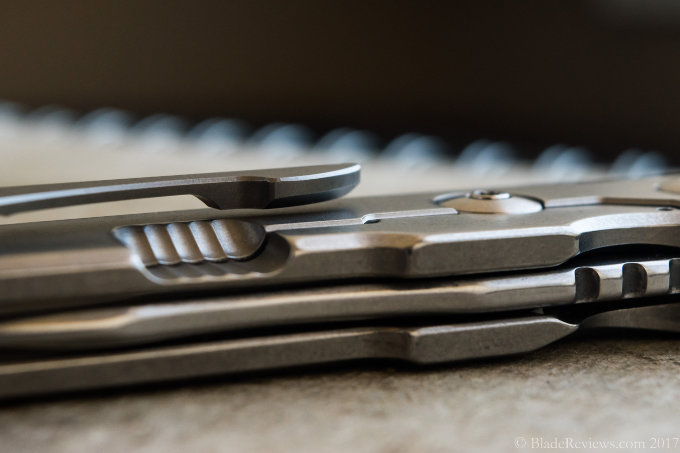
Problems with the clip aside, the Metis is a pretty quiet pocket companion. Most of the time I carried it in the leather slip I use for traditional knives, and while it was a bit of a tight fit, the slip ensured that the Metis didn’t slide out of my pocket or roll to the bottom and cause discomfort. I’d have preferred to carry this with a clip, but it wasn’t onerous to forego it. My CRK Mnandi has a great pocket clip, but I still carry it in a pocket slip more often than not.
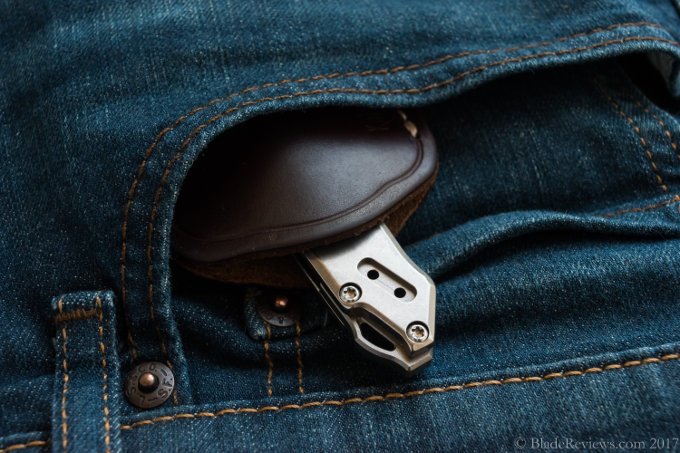
Deployment and Lock-Up
The blade of the Metis is deployed solely by the flipper tab. As the entirety of the blade is housed within the handle, there is no pinch point which would facilitate two-handed opening. Though slightly disappointing – it’s always a feature I like to have on a “dress” knife – I can’t fairly complain, as a wider blade wouldn’t carry as well. This flipper is meant to be pulled (like a light switch) rather than pushed. Deployment is thoughtless, reliable, and doesn’t generate discomfort, even if you’re using the Metis as a fidget toy.
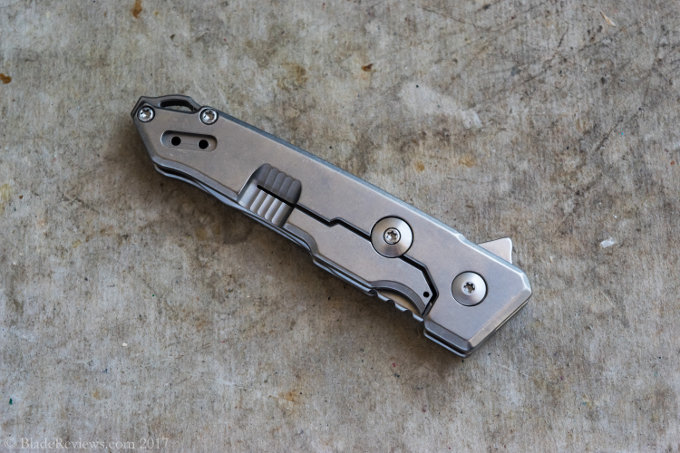
The ease of deployment is in part thanks to the caged bearings the blade rides on. I’m of two minds regarding the use of bearings in folding knives: on one hand, they allow for silky smooth pivots, but on the other they’re far more susceptible to grime and grit than traditional washers. (Addendum: I’ve been informed that I may be wrong on this account. More information is welcome in the comments.) On a knife like the Metis caged bearings are fine. A knife this size is clearly in the “EDC/gentlemen’s” category, and not intended for hard use.
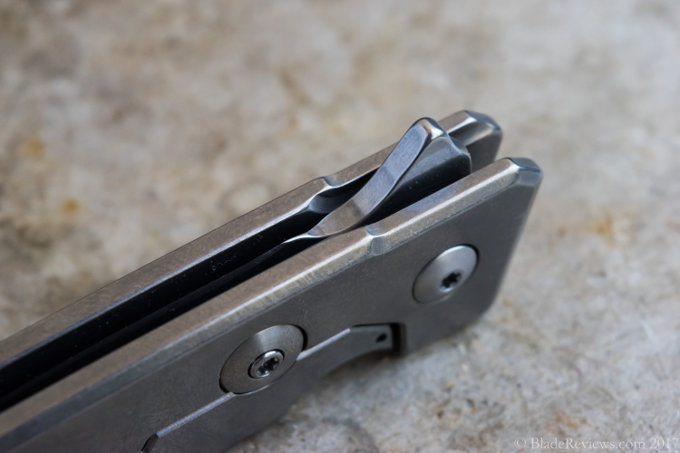
At this point, there’s not much that can be said about a well-executed framelock, and the lock on the Metis certainly qualifies as such. The lock face consistently engages 50% of the blade tang, disengaging the lock is easy, and there’s only a fraction of a hair of wiggle in the lock, which vanishes in use. A steel lock insert could fix that, but the only titanium framelock I’ve ever handled that doesn’t have that slight amount of play is the Mnandi, and that knife certainly isn’t being flipped open like the Metis.
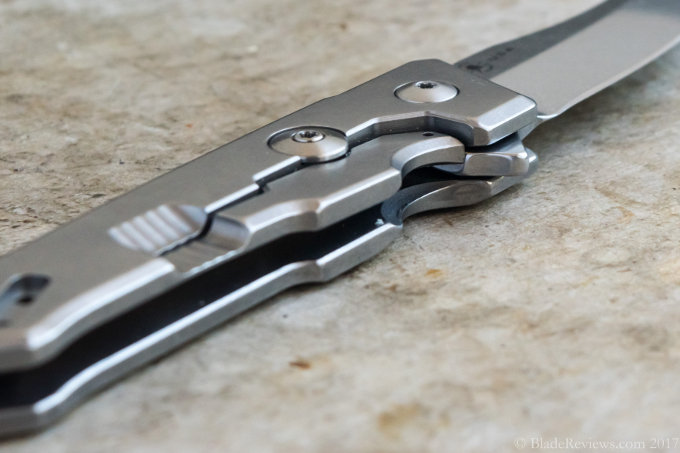
Spartan Blades Metis Review – Final Thoughts
Currently, it’s difficult to find a Metis in stock anywhere. My understanding is that this design hasn’t been discontinued, Spartan just hasn’t released any batches recently. Hopefully when Spartan comes back to it, they do so with an eye towards improvement, because there are a few changes that I’d like to see. The bones of a truly great knife are here, and it wouldn’t take much to flesh it out.
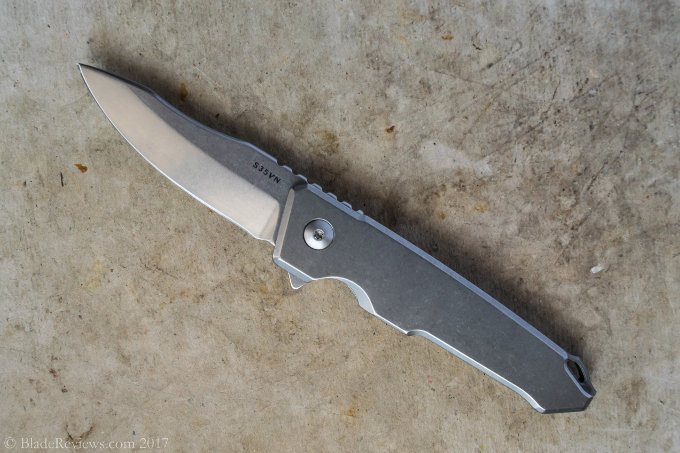
First, the pocket clip needs to be redesigned. A nondescript spring clip with outside accessible screws would be far more functional. Second, eliminate the overtravel stop by incorporating a steel lock face into the frame lock. This would eliminate the scant play there is and clean up the lock side of the knife. Those two changes would improve the function and form of the Metis, and (designing and retooling costs aside) I can’t imagine it costing more to produce than the current design. By moving away from a sculpted clip, it may actually cost less.
When they were available, the Metis sold for $340. That’s quite a bit of money – especially for a pocketknife – and the competition is stiff. The obvious comparison is the Small Sebenza. I can’t make a direct comparison (I’ve never owned a Sebenza) but I do own an Mnandi. The best way I can describe it is that if the Metis is practically flawless, the Mnandi is flawless. Of course, no Chris Reeve knife has a flipper, so Spartan is ahead of the game in that department.
Is the Metis still worth buying in the meantime? If you can find one, and if the design speaks to you, I’d say yes. It’s well made, attractive in its own right, and can flex into a number of different roles. If my complaints dissuade you, I’d recommend keeping an eye on Spartan Blades in the meantime.
No products found.
I recommend purchasing the Spartan Blades Metis at BladeHQ, KnifeArt, and Amazon. Please consider that purchasing anything through any of the links on this website helps support BladeReviews.com, and keeps the site going. As always, any and all support is greatly appreciated. Thank you very much.
